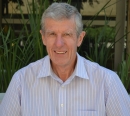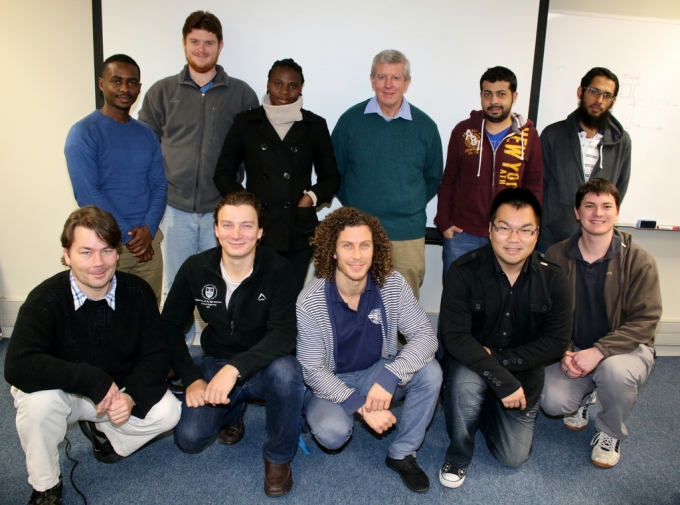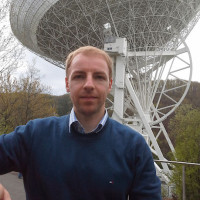
Professor Barry Downing completed an MScEng degree by research into electronically tuned Gunn oscillators in 1970. He then worked for the Plessey Allen Clarke Research Centre as a Senior Research Engineer working with Microwave and Millimetre wave GaAs oscillators and wide band GaAs monolithic low noise and power amplifiers. He completed a PhD part time at the University of Sheffield in 1973. He accepted a company transfer to Plessey South Africa, where he was a senior design engineer responsible for developing transmitters and receivers for fixed point to point and mobile electronic distance measuring systems.
He joined the University of Cape Town as a full professor in 1983 and established a research group in novel Microwave transducers, components and circuits. He was Head of the Electrical Engineering Department for 12 years and a Deputy Dean for 10 years. He retired in December 2010 as an Emeritus Professor.



